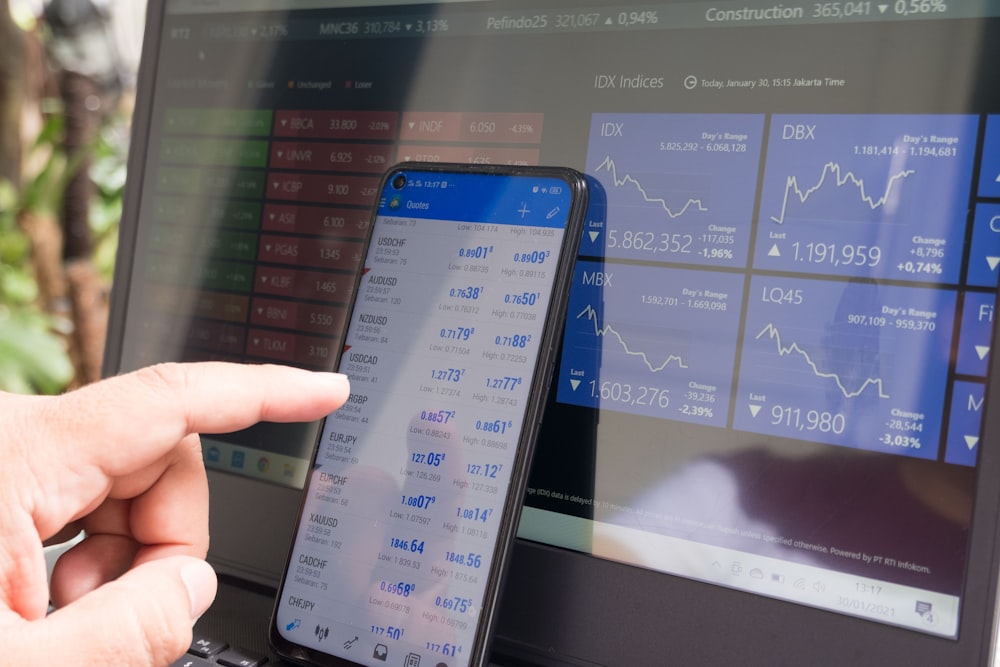How Midstream Companies Can Yield Steady Returns
Image Source: Unsplash
Dan Duncan wanted to build an empire.
He started off as a simple accountant for a small trucking and storage company called Wanda Petroleum.
And he slowly worked his way up the ranks to executive vice president, gaining valuable experience along the way.
In 1968, he finally saw his chance.
With nothing more than $10,000 and two propane delivery trucks, Dan took a leap of faith and launched what would grow to become a $60 billion empire over the next 50 years.
He later explained that his goal in creating Enterprise Products Partners (EPD) was simple. He told the press: “My idea was to build an asset-based, midstream company that’d serve the industry better than Wanda.”
Though Dan passed away in 2010, the company he built is still steadily growing and now owns one of the largest midstream pipeline networks in the world.
Here at the Intelligent Income Daily, we’re focused on finding the safest income investments on the market. Midstream pipeline companies like Enterprise Products Partners are some of the most reliable high-yielding companies on the market.
Today I want to explain how these midstream companies make such reliable profits. I’ll also explain why they’ll still be needed for many years to come despite the rise of renewable energy and share one quick way to invest in the sector.
Oil Isn’t Out
Put a pipe in the ground and charge a fee for moving oil and gas from Point A to Point B.
It sounds simple, right? That, in a nutshell is the basic business model for a midstream company.
It works because using a pipeline is far cheaper than paying a trucker to haul flammable, explosive cargo.
But building a pipeline is not easy. It takes a lot of money, not to mention having to navigate complex permitting and environmental issues as well as negotiating land rights.
Once a pipeline is up and running, it can keep operating for decades with little competition, as long as it connects to places that need to transport oil and gas.
And unlike companies whose profits depend on the price of oil, midstream companies get a steady fee for every barrel of oil they transport, which gives them very reliable profits.
For example, in 2020 oil prices briefly dipped to negative $38 per barrel – producers had to pay people to take their oil because there was too much.
But midstream companies were still happily charging fees to transport and store oil and gas. Enterprise Product Partners only saw an 8% decline in its cash flows that year while major oil companies like Exxon and Chevron were reporting huge losses.
But, you might ask, what about renewable energy replacing oil and gas?
Well, here’s the thing: it will take decades for enough renewable power to be built to satisfy current demand. And as the world’s population grows and becomes more affluent, that only increases the need for energy.
And as we try to move away from burning dirtier energy sources like coal (which is still increasing by the way), the easiest replacement is natural gas.
Plus, there are some things that just can’t be done without oil and gas. Natural gas is the primary material used for producing ammonia, which is critical for fertilizers. Steel and concrete are produced in high-temperature furnaces that burn gas. Plastics can only be made from chemicals found in oil.
Oil and gas are needed to produce everything from electronics and medicines to roads and even renewable energy materials like solar panels and wind turbines.
According to an Energy Information Administration projection, domestic use of oil and gas will remain relatively steady through 2050. So it’s safe to say that oil and gas will still be needed for quite a while. And midstream companies will have a reliable income stream for many years to come.
Stream Steady Income from Midstream Companies
One quick way to invest in midstream companies is through the ALPS Alerian MLP ETF (AMLP). This ETF holds a basket of midstream master limited partnerships and yields 7.9%.
With over 73% of its portfolio concentrated on pipeline transportation companies, this ETF is an excellent source of diversification that includes EPD, Magellan Midstream Partners (MMP), Plains All American Pipeline (PAA), Energy Transfer (ET), and many more.
In fact, several of the companies included in this ETF are also key components of our Fortress Portfolio service. The benefit of owning individual midstream partnerships in your brokerage account is that the distributions they give are mostly treated as tax-deferred return of capital, as opposed to taxable dividends from an ETF.
More By This Author:
Strengthen Your Portfolio With These Elite Dividend-Growers
GOOD: The Best Stocks To Own In A Recession
How To Collect Monthly Checks From The Best Companies In The World
Brad Thomas is the Editor of the Forbes Real Estate Investor.
Disclaimer: This article is intended to provide information to interested parties. ...
more



